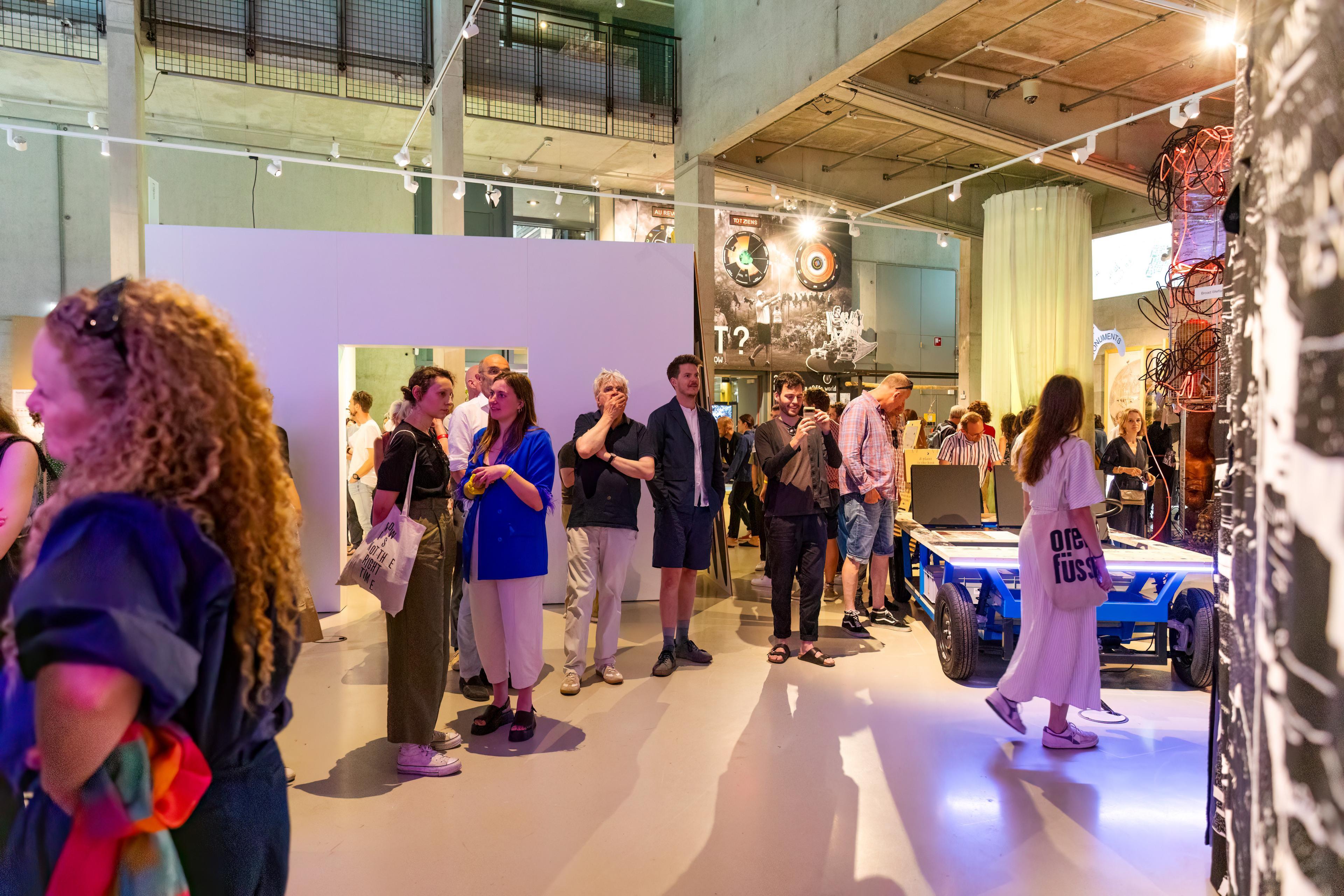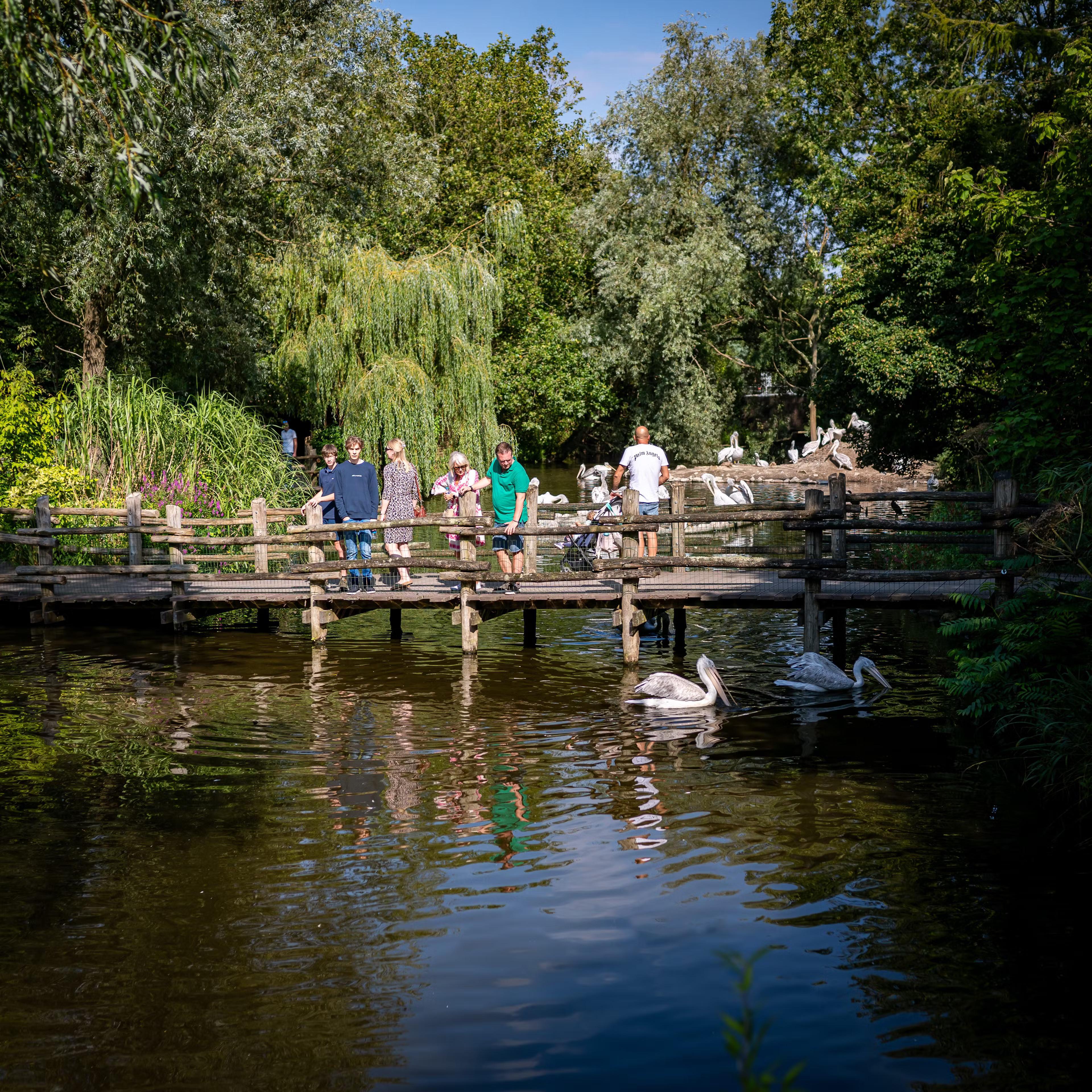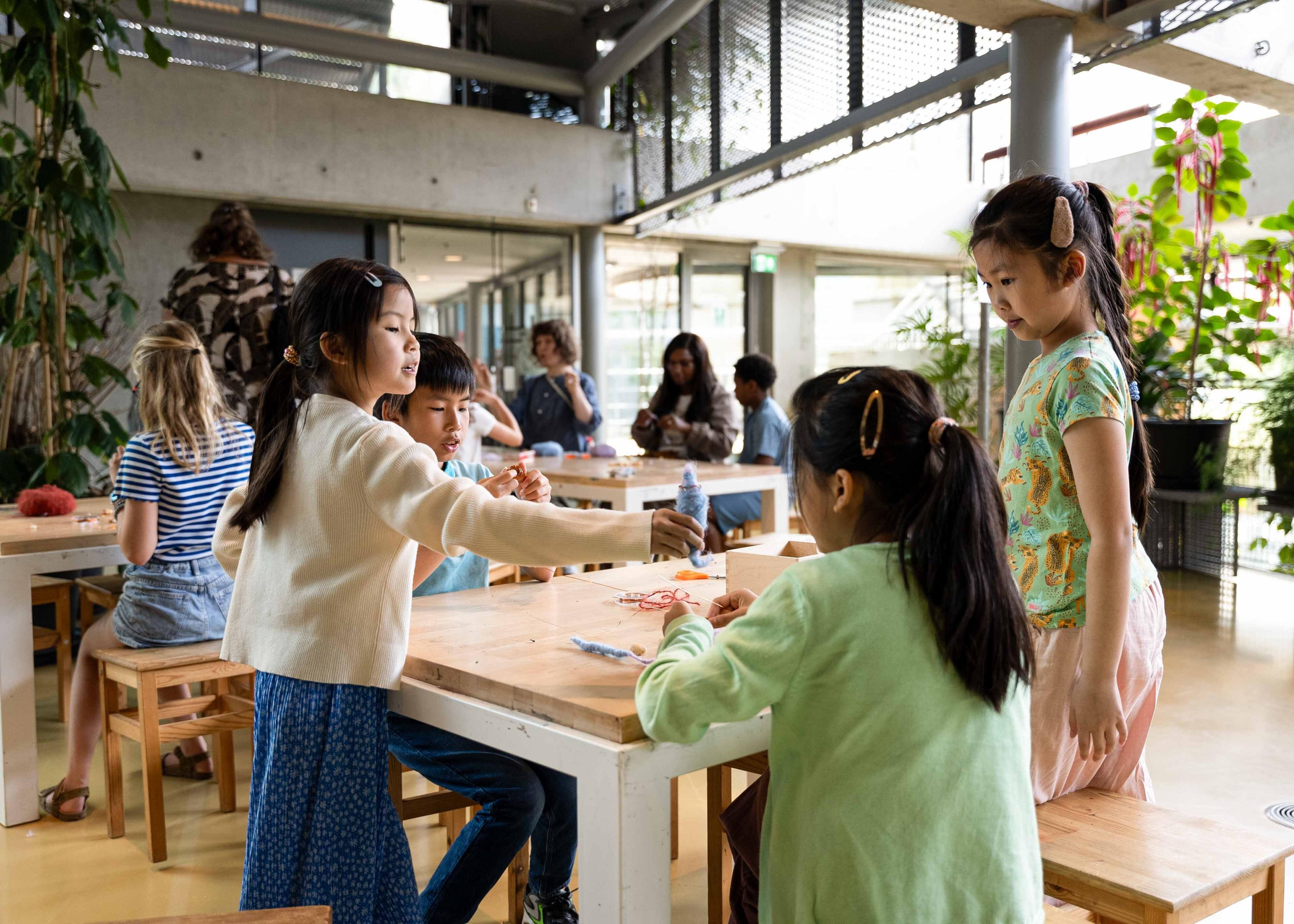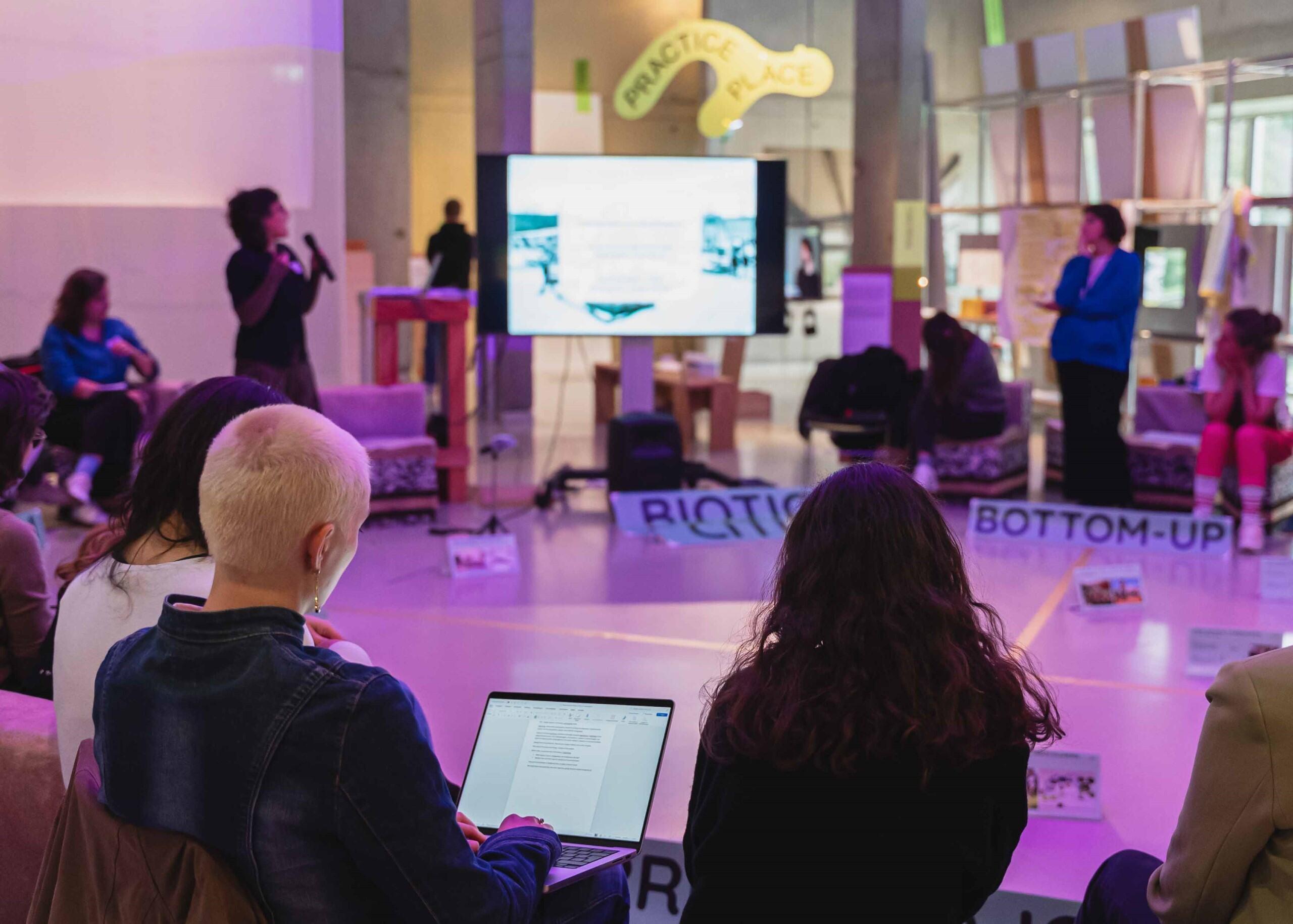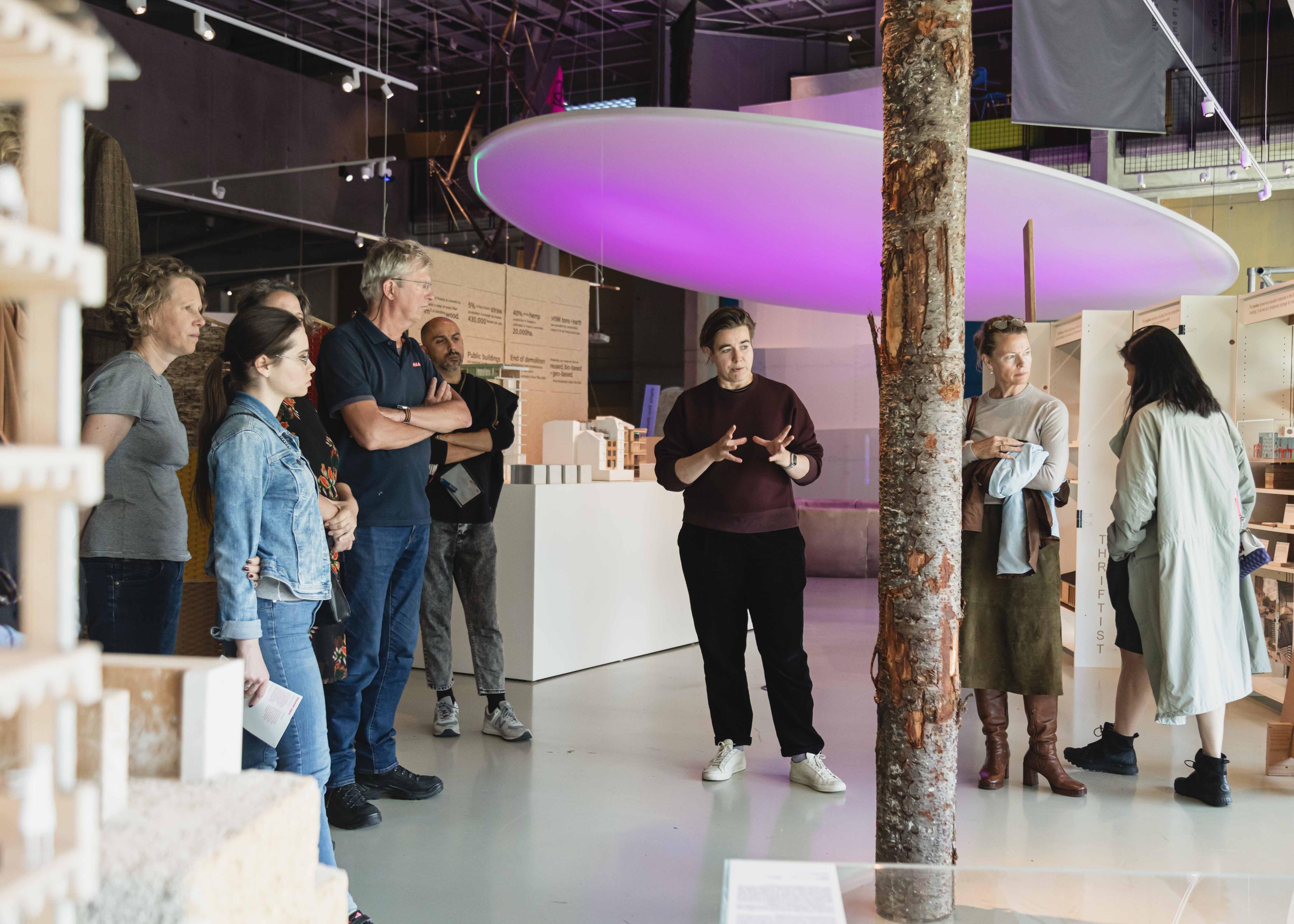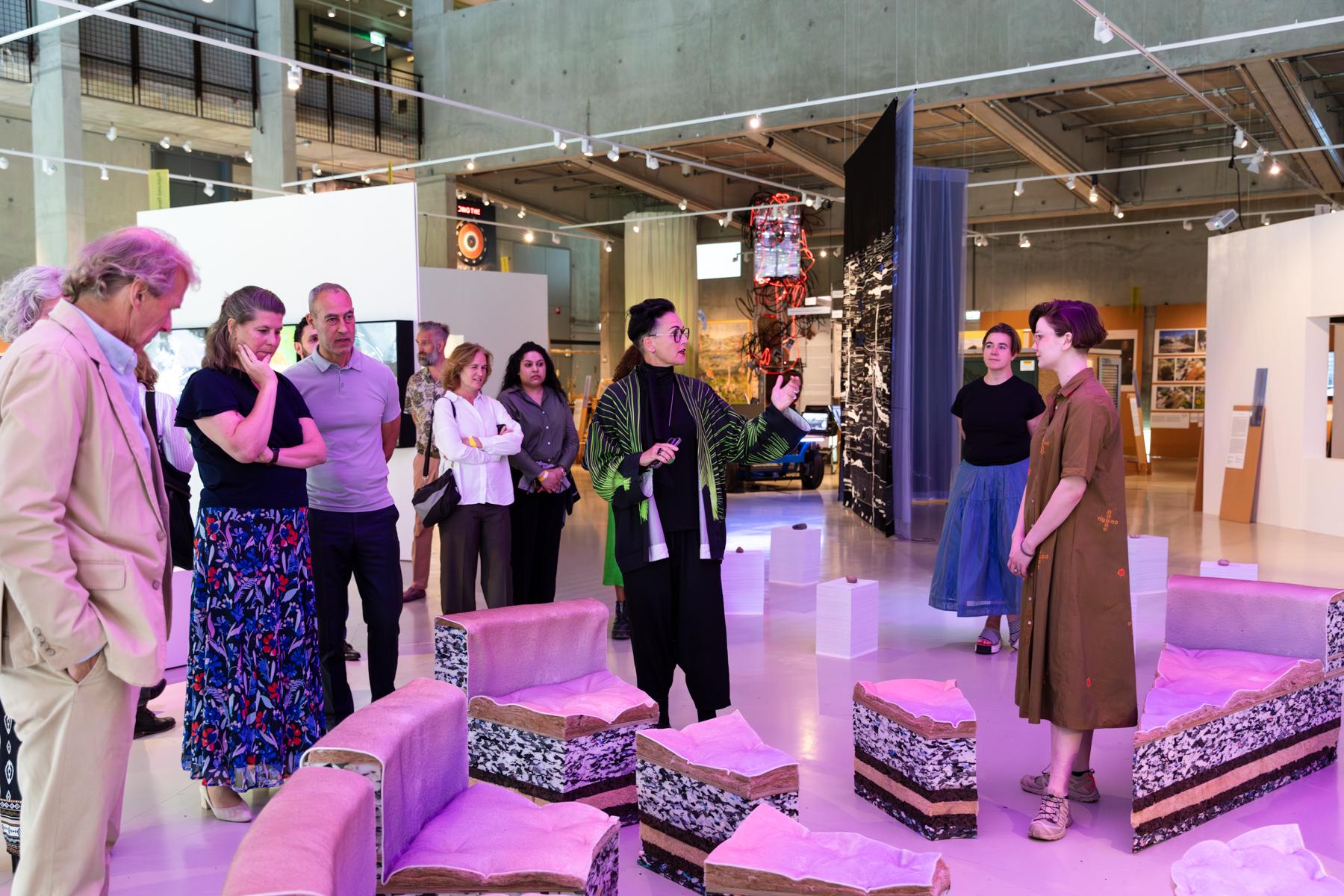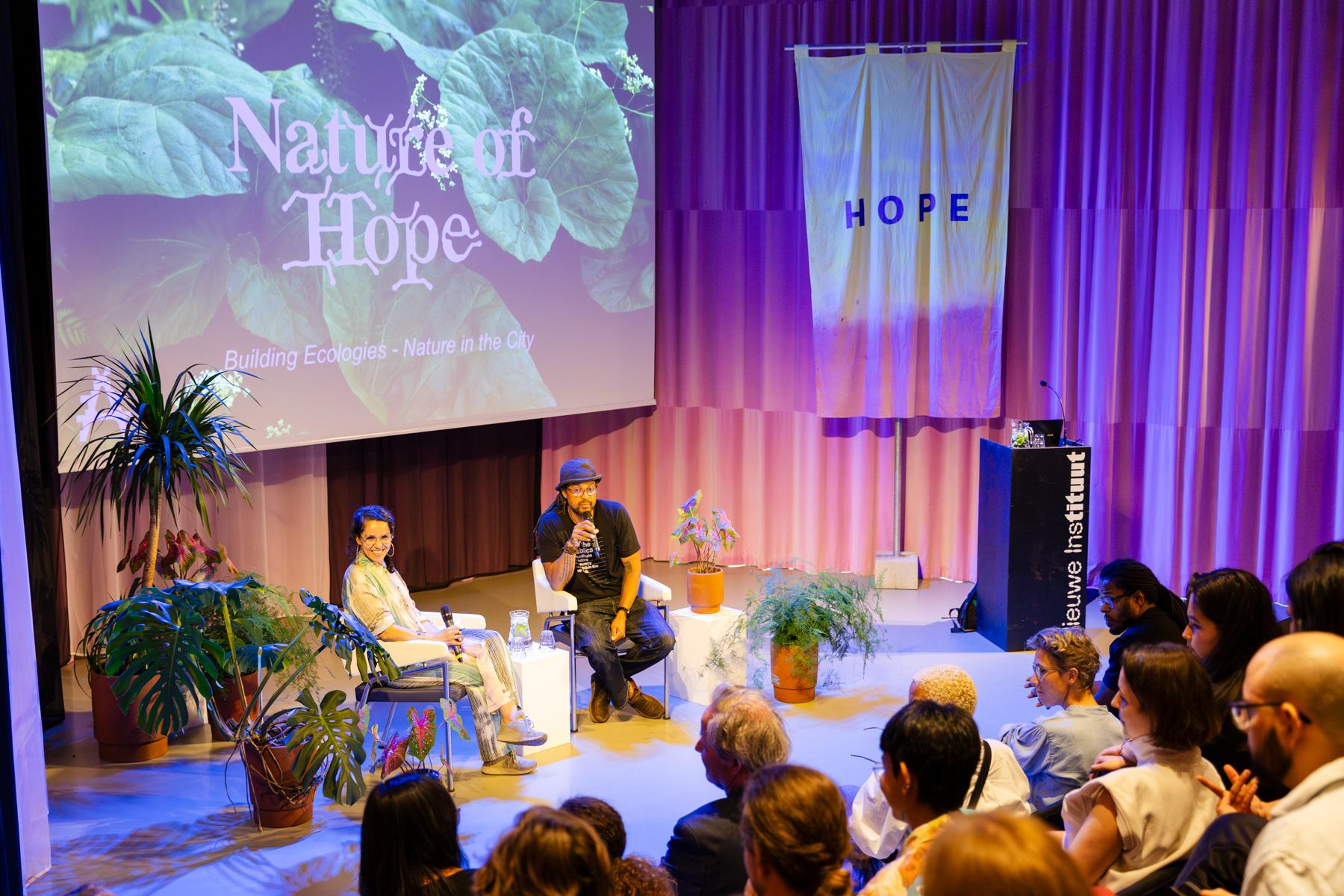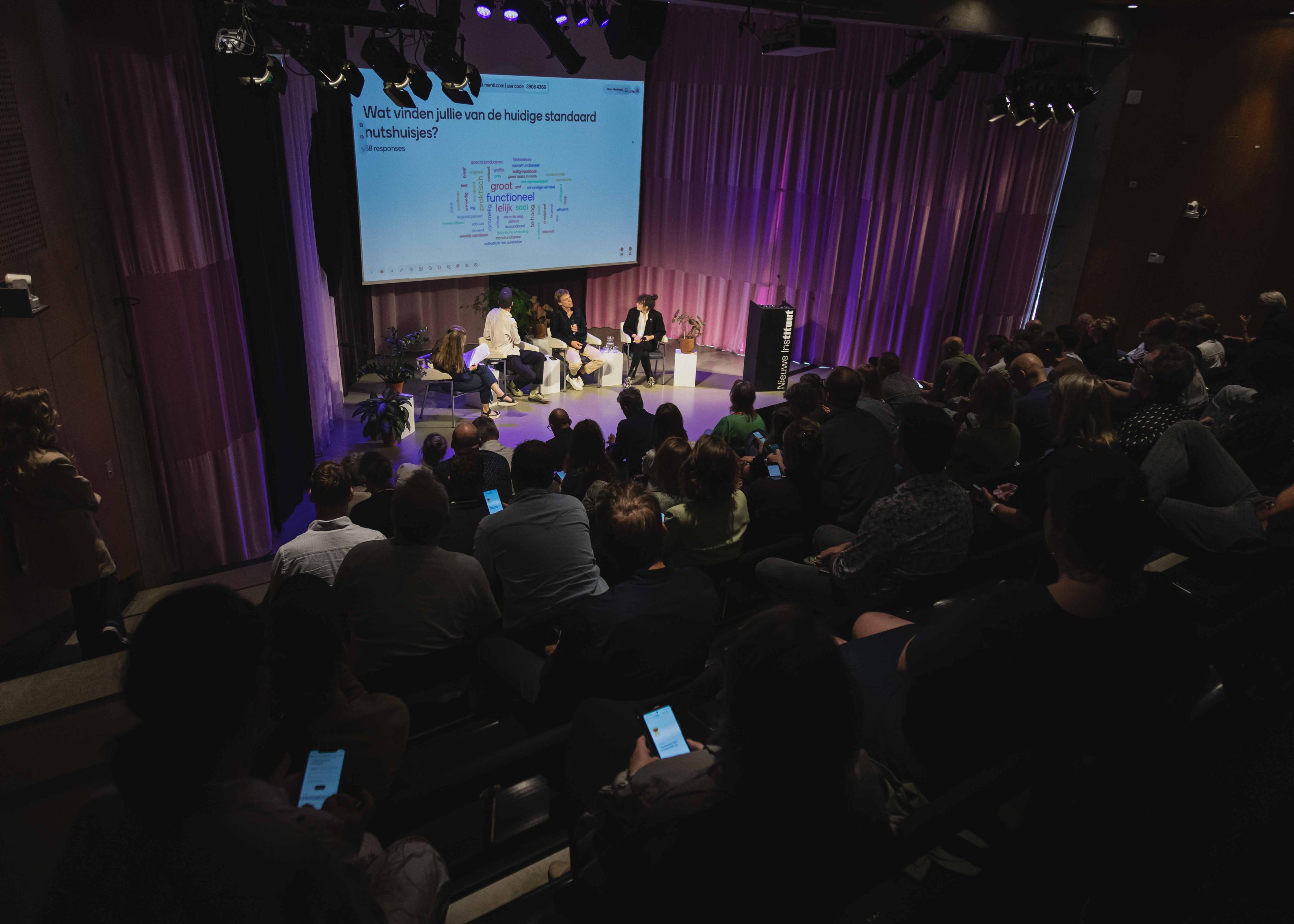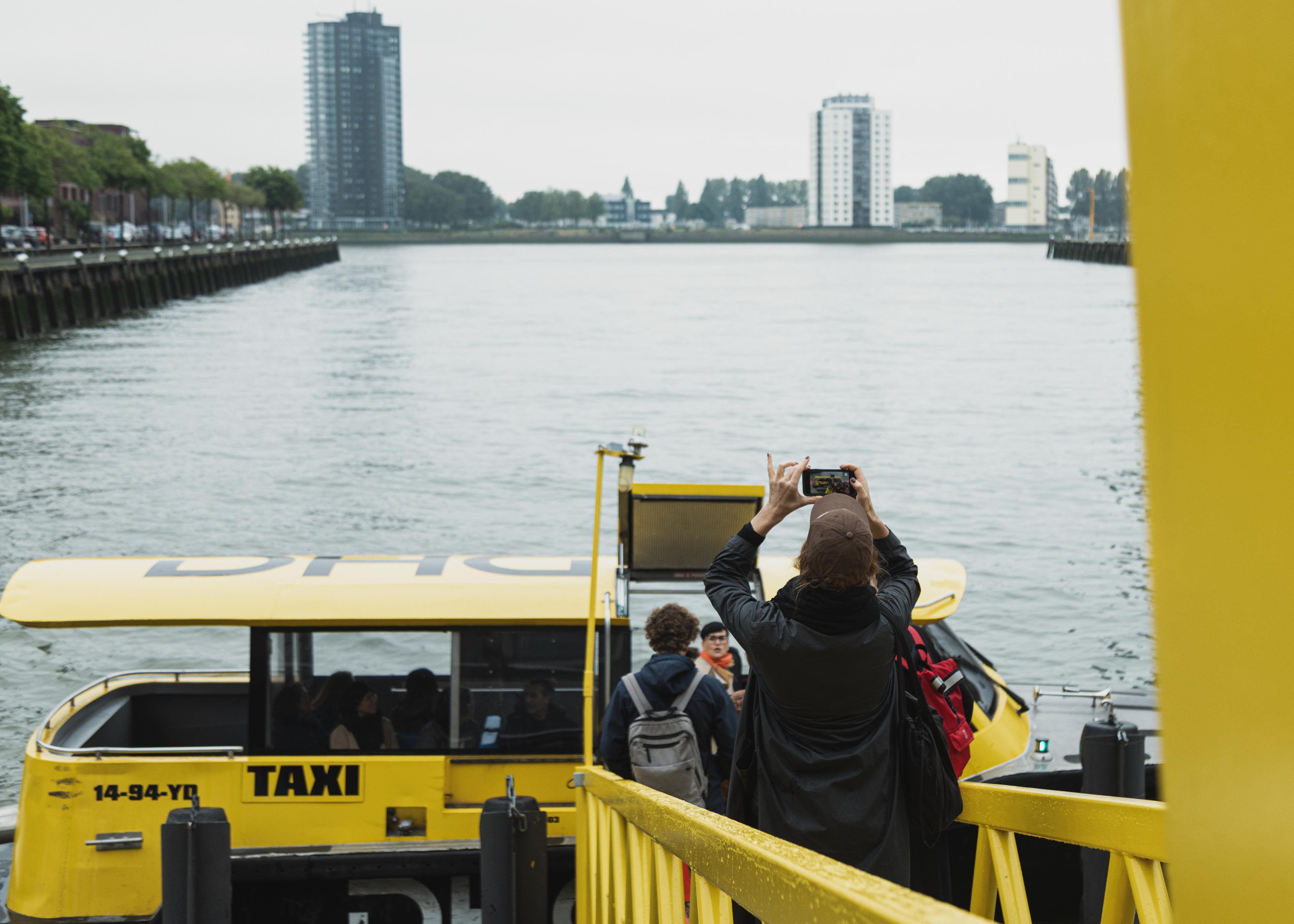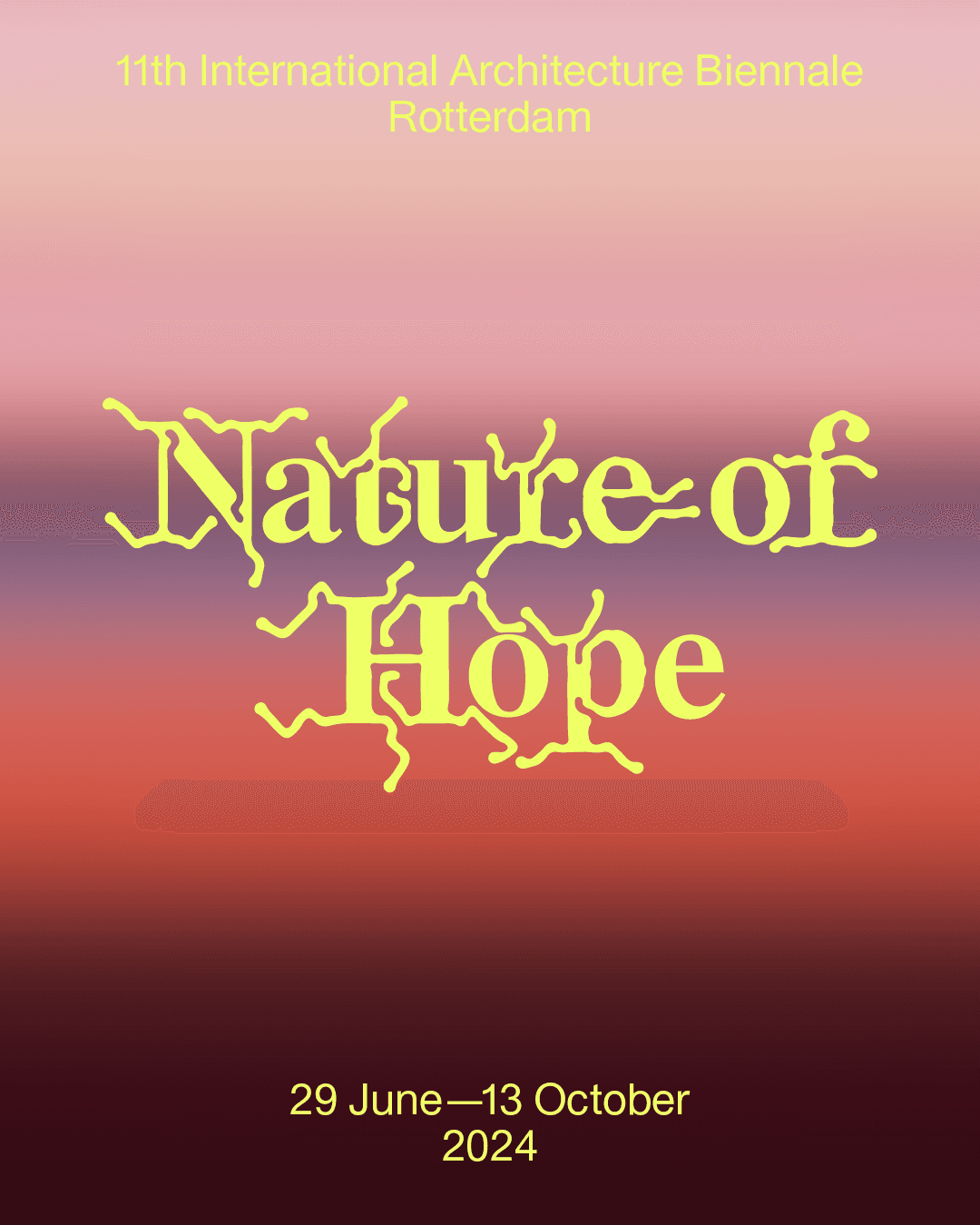'Nature of Hope' presented a diverse program exploring regenerative architectural and urban practices. At a time when the world is increasingly confronted with the effects of climate change and biodiversity loss, the biennale focused on the power of hope, regeneration, and collaboration. Consisting of lectures, workshops, knowledge sessions, film screenings, symposia, tours, and debates, the program combined a wide range of topics aimed at both professionals and the general public. Through its own programming as well as collaborations with local initiatives in the city and national and international (institutional) partners, 'Nature of Hope' promoted the exchange of knowledge and presented a vision for a future in which nature, culture, and ecological transition go hand in hand.
The program attracted a total of 4,000 visitors over a 15-week period, with the main activities taking place in September and October. During this time, the IABR hosted symposia, lectures, debates, workshops, and tours – a total of 131 activities, including group visits. These events provided a platform for inspiration, dialog, and knowledge sharing among a wide range of audiences.
The program took place in several locations, with the Nieuwe Instituut in Rotterdam as the main venue. In addition, activities took place at various other indoor and outdoor locations in Rotterdam and other cities, including Amsterdam, Zeeland, Arnhem, and Deventer. This created a wide geographical reach that not only allowed for the participation of different regions, but also brought different contexts into focus.
